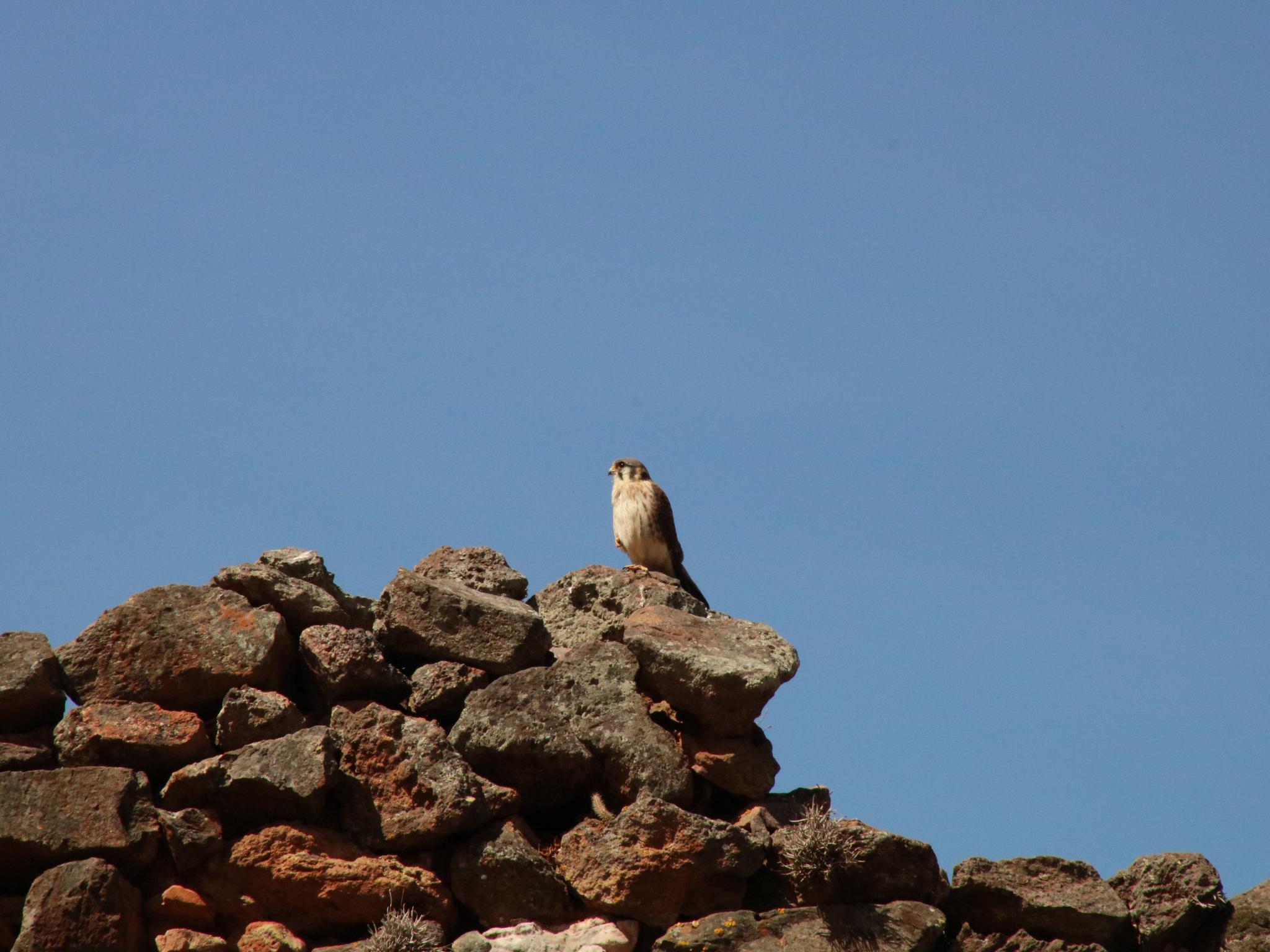
A new research project recently revealed that a child belonging to the Nazca culture in pre-Hispanic Peru ingested a psychoactive plant before being sacrificed as part of a ritual ceremony, reported Live Science magazine.
The finding was obtained by analyzing a strand of hair taken from the buried skull, which was severed at the neck, typically taken as a trophy within that culture.
While the young victim's gender and age at death are uncertain, the scientists undertaking the project stated that the child had ingested the hallucinogenic San Pedro cactus before dying.
According to study lead author and doctoral candidate in the Center for Andean Studies at the Polish University of Warsaw, Dagmara Socha, this trophy head is “the first case of the consumption of San Pedro by an individual living on the southern Peruvian coast” plus “the first evidence that some of the victims who were made into trophy heads were given stimulants before they died."
Along with the child's preserved head, over twenty other human remains found near the southern Peruvian coast and associated with the ancient Nazca society are being examined by the study. Specifically, four trophy heads, three of which belonged to adults and 18 mummies - both adults and children.
All individuals lived sometime between 100 B.C. and 800 A.D and were excavated during a long-standing archaeological program that began in 1982 titled Nazca Project. Toxicological exams showed many of them had consumed some type of psychoactive or stimulant plant before dying, including coca leaves, San Pedro cactus and ayahuasca’s main compound Banisteriopsis caapi.
The study’s PI Socha shared that the findings provided interesting information on how many people had access to these plants, which led them to investigate the trade route of some of them. “For instance, the coca leaves were not cultivated on Peru's southern coast, so they had to be brought there from either northern Peru or the Amazonian region," she said.
A prior study from 2006 published by a professor of botany at Georgian University of Tbilisi and head of botany at the State Museum of Natural History Stuttgart in Germany Rainer Bussmann examined the medicinal plant usage by indigenous communities in northern Peru.
This study also investigated the trade routes of different cultivated plants. "There was always a little trade going on in this region, with plants being traded from the Amazon up and down the coast," said Bussmann.
"These plants were traditionally used for ceremonial or medicinal purposes, and sometimes combined. I've never seen any reports of recreational use. For these cultures, there was always a specific purpose."
"We actually don't know how often these were being used," Socha said in reference to the psychoactive substances. "In the case of San Pedro, it's not well preserved in an archaeological context, and in the case of the coca leaves and Banisteriopsis caapi, they were never found to be growing in this region during that time period."
Indeed, researchers found that different cultures within the area consumed these drugs from 100 B.C. to A.D. 450. for medical or visionary effects. Nonetheless, since there's no written record from this period, knowledge of the Nazca and other nearby cultures comes from archaeological investigations.
Besides the human remains, Socha and her team found accompanying items at the burial sites, including textiles, ceramic pots, weaving tools and a bag typically used for carrying coca leaves.
The new findings will be published in the December 2022 issue of the Journal of Archeological Science.
Photo by Renny Gamarra on Unsplash







